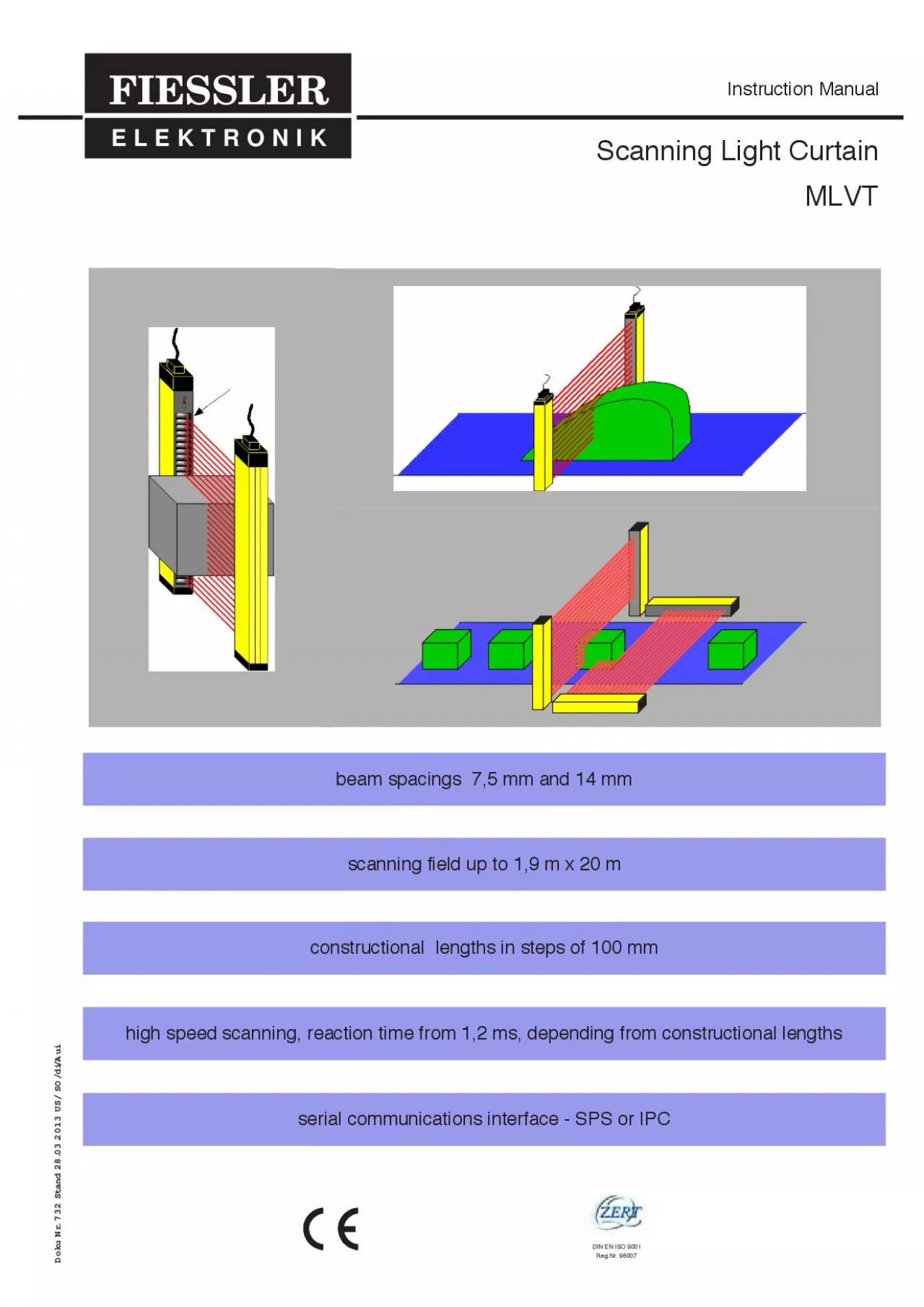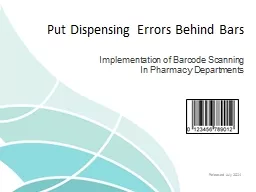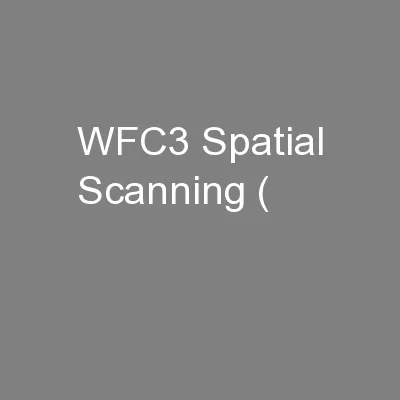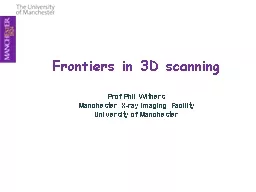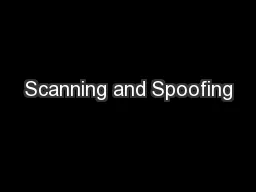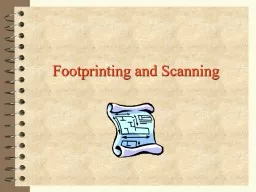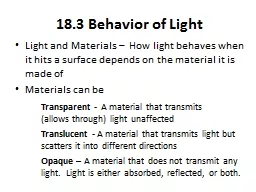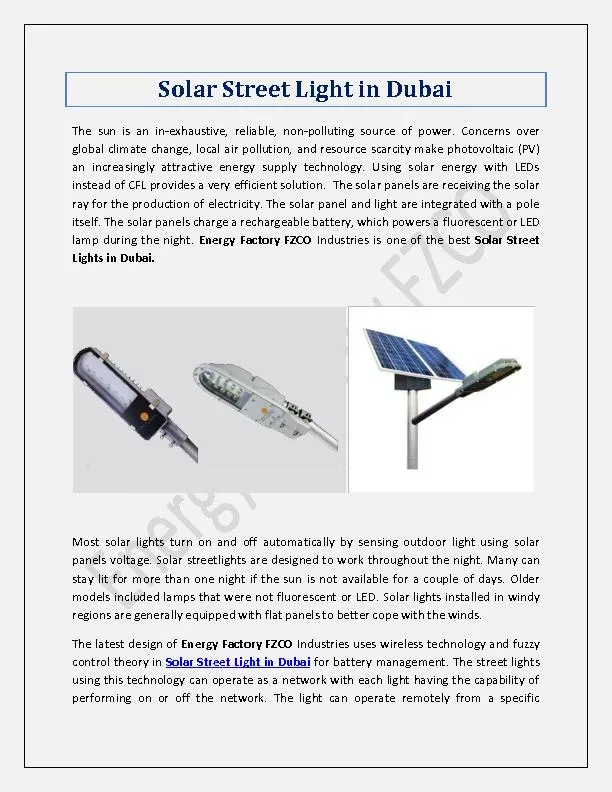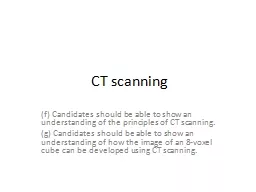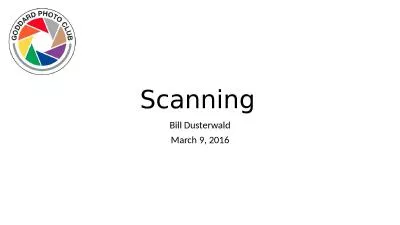PDF-Scanning Light CurtainMLVT
Author : danya | Published Date : 2022-09-01
FIESSLER E L E K T R O N I K Instruction Manual DIN EN ISO 9001RegNr 96007 Doku Nr 732 Stand 28032013 US SOdiAui sectionContents1 Functional principle2Application
Presentation Embed Code
Download Presentation
Download Presentation The PPT/PDF document "Scanning Light CurtainMLVT" is the property of its rightful owner. Permission is granted to download and print the materials on this website for personal, non-commercial use only, and to display it on your personal computer provided you do not modify the materials and that you retain all copyright notices contained in the materials. By downloading content from our website, you accept the terms of this agreement.
Scanning Light CurtainMLVT: Transcript
Download Rules Of Document
"Scanning Light CurtainMLVT"The content belongs to its owner. You may download and print it for personal use, without modification, and keep all copyright notices. By downloading, you agree to these terms.
Related Documents

